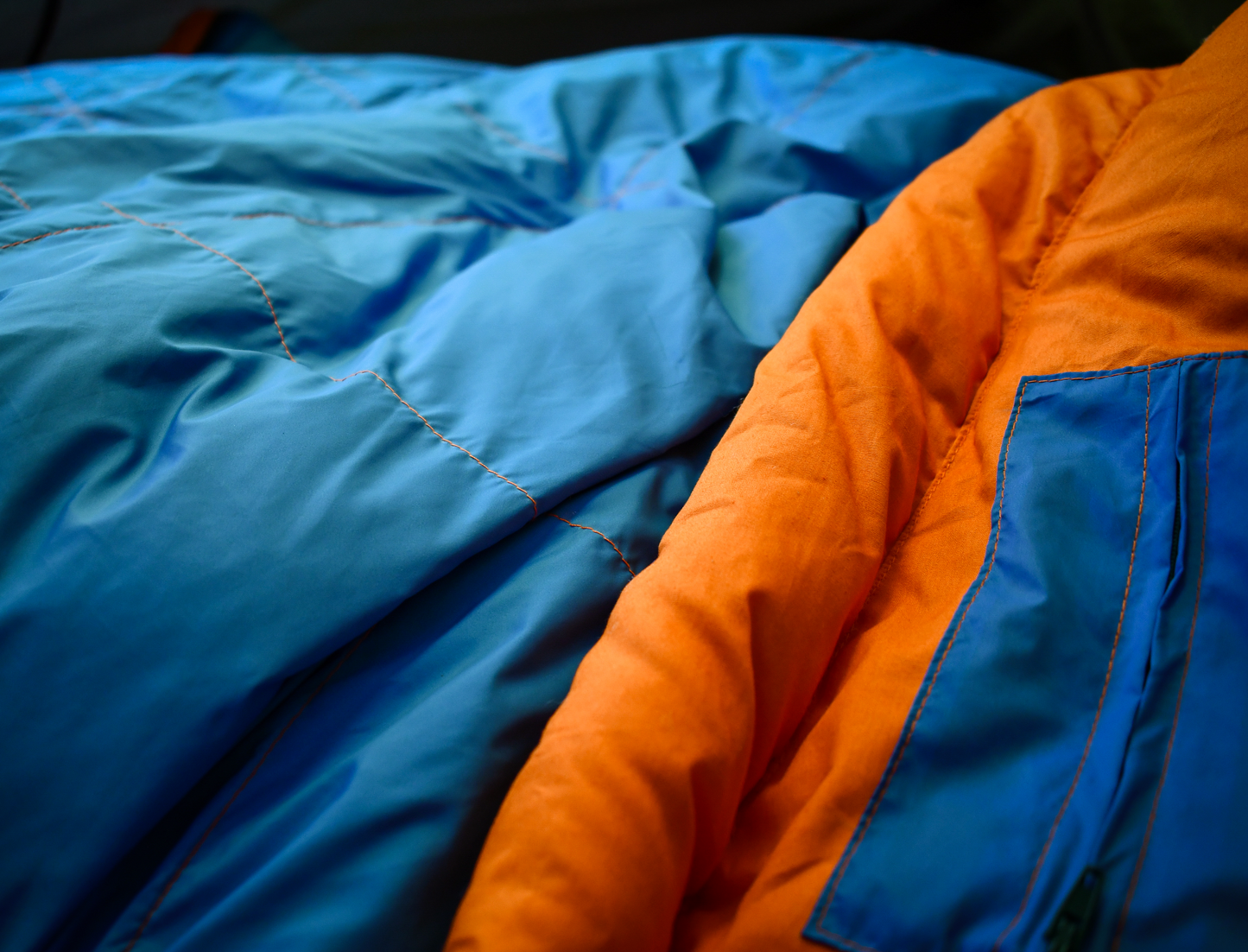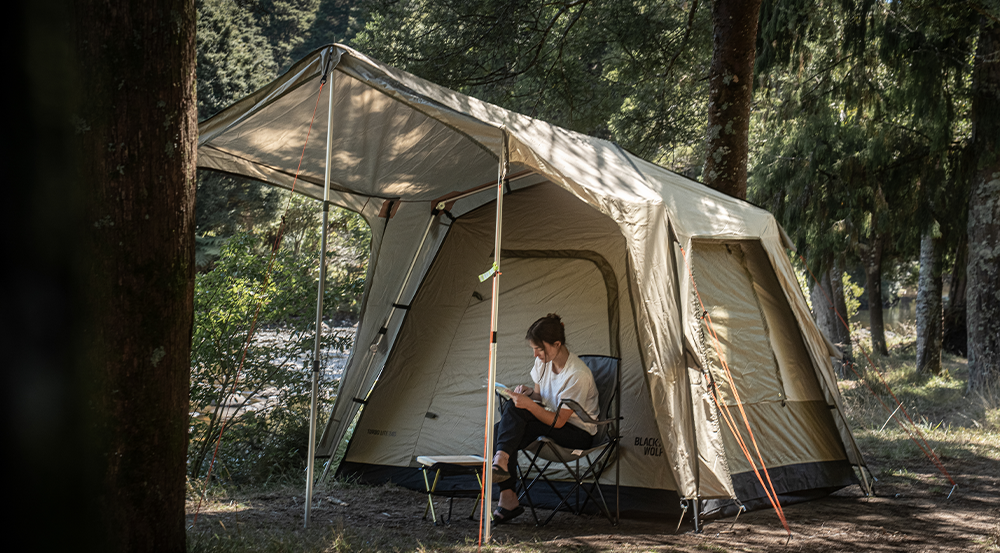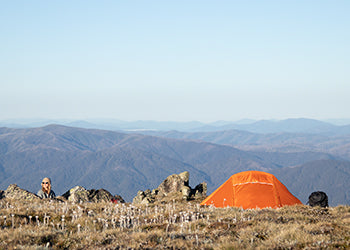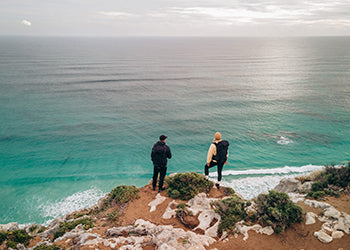
The benefit of knowing your sleeping bag has been tested to the International Standards is that you can confidently select the right sleeping bag for the conditions you’re heading to. While the temperature ratings will give you a strong guide, there are a range of other factors that can impact your sleep including your mat, what you wear sleeping, the weather conditions, just to name a few.
Our experts generally recommend selecting a lower temperature rating than the lowest night temperature you’re expecting. And if you’re planning on using your bag during the cooler months, look at sleeping bags that can specifically handle the lower temperatures you’re expecting.
The testing procedure generates three temperatures that you will see across our range and we have included an example of how this is displayed below:
- Comfort Temperature: Lower limit of comfort range, down to which a sleeping bag user with a relaxed posture, such as lying on their back, is globally in thermal equilibrium and just not feeling cold.
- Limit Temperature: Lower limit at which a sleeping bag user with a curled body posture is globally in thermal equilibrium and just not feeling cold.
- Extreme Temperature: Very low temperature where the risk of health damage by hypothermia is possible.







